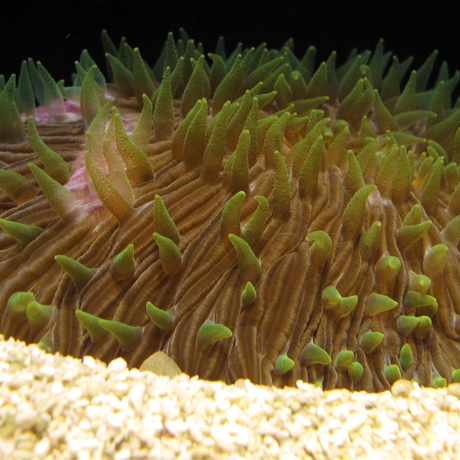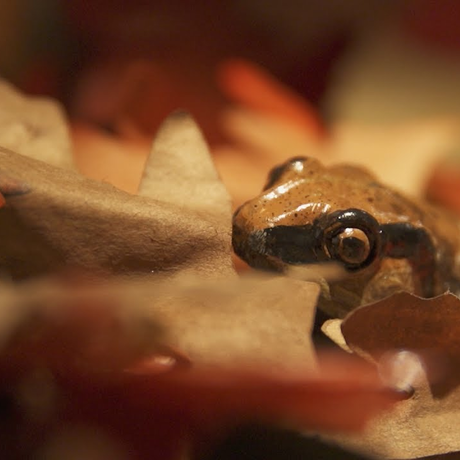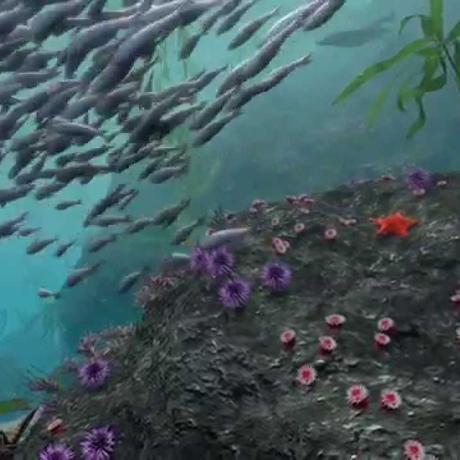Learn the benefit of using videos in the classroom, and browse resources to help you get started.
The Hawaiian bobtail squid can cruise above its prey without casting a shadow—even on a moonlight night—thanks to its relationship with a bacterial partner.
About This Video
Grade level: 6-13+
Length: 4.5 minutes
Next Generation Science Standards: LS2.A, LS4.C
Summary
The Hawaiian bobtail squid (Euprymna scolopes) spends its days buried in sand and its nights stalking prey in the shallow waters off the coast of Hawaii. Just because the squid hunts at night, however, doesn’t mean that it relies on the cover of darkness. Its strategy is quite the opposite, in fact. This tiny speckled squid (an adult is about the size of your thumb) can cruise above its prey without casting a shadow—even on a moonlight night—thanks to its relationship with a bacterial partner, Vibrio fischeri. Juvenile bobtail squid are born without the bacteria; they recruit V. fischeri from the surrounding ocean water and then house the hitchhikers in a specialized light organ. In exchange for room and board, the bacteria help the squid hide at night—by glowing. The light they emit blots out the squid’s shadow, letting it sneak up on prey, and hide from predators.
Video Discussion Questions
- How does the Hawaiian bobtail squid hide its shadow?
- What is the advantage to the Hawaiian bobtail squid of being able to hide its shadow?
- How does the Hawaiian bobtail squid obtain the bacteria that help it hide its shadow?
- What kind of relationship do the Hawaiian bobtail squid and the bacteria it houses have? Do they exhibit mutualism, amensalism, commensalism, or something else?
- Can you think of another example in the animal kingdom of a similar kind of interspecies relationship?
Classroom Activities to Accompany This Video
Shadow Puppets
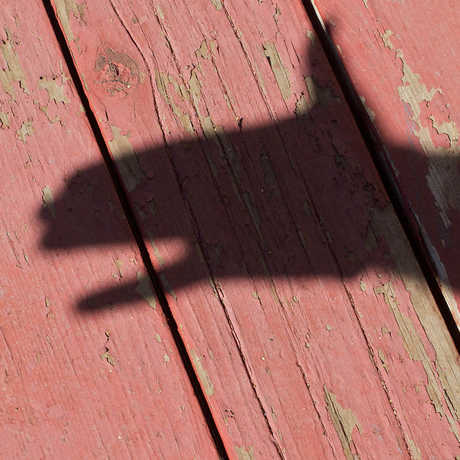
Shadows are around us almost all of the time when there is light, but why and how do shadows actually form, and what changes their characteristics? To understand shadows, we have to understand the properties and behavior of light.
Art + Science: The Science of Shadow Puppets
Lights! Camera! Shadows?
Engage your students in investigating how light interacts with matter to form shadows by integrating the performing arts into your science classroom. In this activity from The Kennedy Center's ARTSEDGE, students use shadow puppets to develop an understanding of how light travels and how an object's shadow is affected by the intensity and position of light in relation to both the object and the surface on which a shadow is cast.
After completing this activity, challenge your students to try to explain how the Hawaiian bobtail squid uses light to eliminate its shadow from its potential prey and predators. Give students pieces of butcher paper to draw up their explanations on, and have them discuss their ideas in small groups. As an extension, students can build models of this system to test their explanations.
Photo credit: Alan Levine
Interdependent Relationships
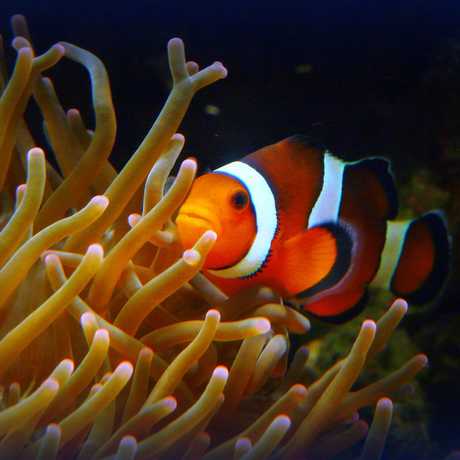
The Hawaiian bobtail squid is able to hide its shadow due to a mutualistic relationship with the bacteria, Vibrio fischeri. The bacteria help the squid hide at night in exchange for room and board.
What other types of interdependent relationships exist in the ocean? In pairs, have your students research a specific example and then present on their findings to their classmates in the form of a skit.
Here are some examples of interdependent relationships beneath the waves:
- Mutualism: Clownfish and anemone
- Commensalism: Shark and remora
- Predation: Orcas and seals
- Parasitism: Isopods and fish
Photo credit: David Siu
About the Contributors
Annette Heist is a science writer, radio producer, and a registered nurse working in behavioral health. Ruth Lichtman is a multi-disciplinary visual artist and filmmaker whose work has been featured on The New York Times, The Atlantic, Aeon, and The Huffington Post. Flora Lichtman is a science journalist who has worked for “Bill Nye Saves the World” on Netflix, The New York Times, and Science Friday. She hosts a podcast called Every Little Thing.
This video was produced for bioGraphic, a magazine powered by the California Academy of Sciences to showcase both the wonder of nature and the most promising approaches to sustaining life on Earth.
Additional Resources
Exploring Ecosystems: Coral Reef Symbiosis
How do species interact on a coral reef? Dive beneath the ocean waves and explore the unique and diverse relationships found on a coral reef. In this video, students can actively participate in a problem-solving scenario based on an ongoing research project at the California Academy of Sciences.
